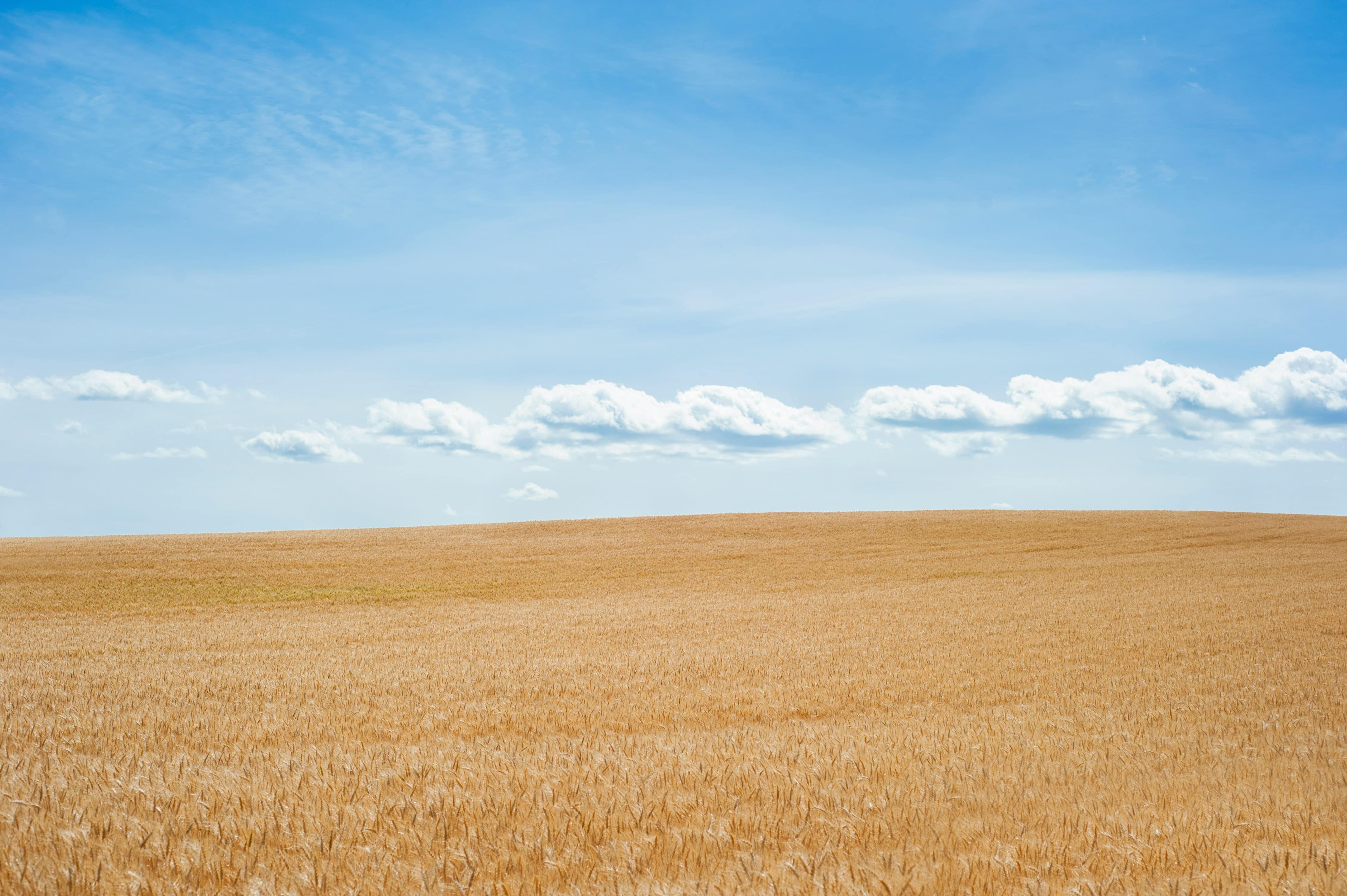Key Takeaways
- Agricultural land values have seen significant gains across all regions due to strong commodity markets, moderate interest rates, and high buyer demand.
- Despite recent economic pressures such as rising interest rates, declining grain markets, and inflation, the land market has remained resilient but shows signs of stabilization.
- Long-term appreciation in land value has been consistent over the past 25 years, driven by investor interest and agricultural profitability.
- Regional differences in land value changes are expected due to varying supply/demand dynamics, alternative land use projects, and irrigation concerns.
- Farm profitability remains a crucial factor influencing future land values, with current demand for real estate services remaining strong.
According to Farmers National Company, the agricultural land market has experienced remarkable growth over the past five years, with land values increasing across all classes and regions. This growth has been driven by strong commodity markets, moderate interest rates, robust buyer demand, and a generally healthy agricultural economy.
Recent Market Changes
However, the past 12 months have introduced significant challenges. Paul Schadegg, Senior Vice President of Real Estate Operations at Farmers National Company, notes that interest rates have risen sharply, grain markets have declined, and inflation has become a more pressing issue. Despite these negative pressures, the agricultural land market has shown resilience, though it now exhibits signs of stabilization, including single-digit decreases in certain areas.
Long-Term Appreciation
Agricultural land values have demonstrated a long-term appreciation trend over the past 25 years, characterized by a stair-stepping pattern that follows the agricultural economy’s fluctuations. As grain markets and farm profitability have increased, so too have land values, which level off as markets stabilize. Each new plateau sets a value standard sustained by production, demand, and profitability.
Schadegg highlights that investor interest has played a significant role in maintaining land values. These investors, while not always successful buyers, help set a floor on values through their bidding activities. They consider land’s historical and potential future appreciation and value as a diversified asset.
Market Dynamics Moving Forward
As buyers contemplate land purchases in the second half of 2024, additional expenses such as higher interest rates and lower commodity markets will heavily influence their decisions. The market value of land will adjust based on demand and profitability potential. Schadegg anticipates regional variations in land value changes across the U.S., influenced by supply/demand dynamics, alternative land use projects, and irrigation water concerns.
Regional Differences and Investment Demand
Areas with strong supply/demand scenarios, alternative land use projects, and irrigation water concerns may experience more pronounced value changes. The demand for land remains high among both outside investors and agricultural producers. Investors seek land as an asset that provides an annual return. At the same time, agricultural producers look for expansion opportunities, sometimes driven by emotional factors such as adjoining land or historically unavailable properties.
Future Impact of Farm Profitability
The profitability of agriculture will significantly impact land values moving forward. If profit opportunities become limited, motivation to purchase land will decrease, potentially pressuring land values downward. Farm operators, the largest segment of land buyers, will substantially influence market dynamics.
Real Estate Service Demand
Farmers National Company continues to see strong demand for its real estate services. The listing volume and closed transactions remain consistent with 2023 levels, and activity is building into the fall selling season. The company’s performance remains well ahead of its five-year average, indicating sustained interest in agricultural land.
Many upcoming sales have shifted to standard listings, allowing sellers to negotiate values in the changing market. Schadegg emphasizes that this is an exciting time for agricultural landowners, as the value of their land assets has never been higher. The strong demand and historical appreciation of agricultural land will continue to support current values as the market progresses into the latter half of 2024.


